I resisted compiling this list (the limitations of which are obvious); but then thought: “Wait! In this awkward year of slow emergence from a pandemic that may never really be over, how many really great shows could there actually be?” Until, as I went over the shows that had intrigued me enough to write, review, recommend, it was clear there were more than 20 of them. There are a number of reasons why this might be, beginning with the fact that artists and curators both understand that there is no time to lose; that anything is possible; and that there is no point in risking less than everything.
Still a few criteria may apply. As Samuel Goldwyn once said, “If people don’t want to go to the picture, nobody can stop them.” The same thing applies to public or private art spaces and museums. Should there be any rules to it anymore? Great art is the donné, the baseline, the given. A good narrative helps—a strong, resonant theme and throughline; a provocative theoretical armature—something that moves the conversation forward, but is also ahead of it; something that suggests where we might be going—but also something that excites that conversation—a sound, image, idea, obsession—something you need to invent new ways to think about.
To the extent the list reflects my tastes and biases, I’m saved by the fact that many of the shows provided their own corrective—to the extent they knocked me off-guard with their sheer originality, the electricity of their provocations, their passions, even perfection—rendering bias almost beside the point.
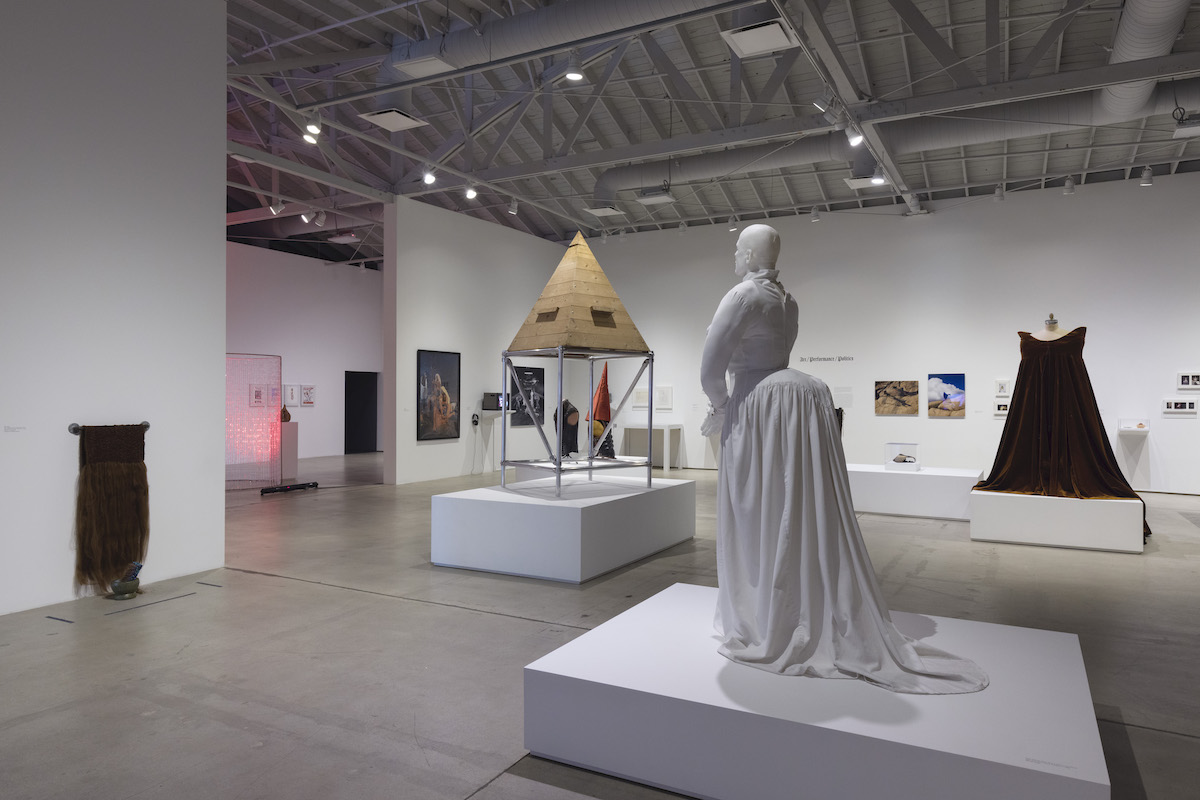
Installation view, Queer Communion: Ron Athey. Institute of Contemporary Art, Los Angeles, June 19–September 5, 2021. Photo: Jeff McLane/ICA LA
Queer Communion: Ron Athey
curated by Amelia Jones
Institute of Contemporary Art, Los Angeles
Conceivably not only the most important art exhibition of the year but the decade and certainly one of the most original—with the willing cooperation and participation of her genius subject, Ron Athey (whose artistic project might be described as the agony and ecstasy of human reinvention and the social pyrotechnics of creating a mythos for it), curator Amelia Jones curated an exhibition that (paraphrasing critic and theorist José Esteban Muñoz) “contest(s) and rewrite(s) the protocols” of such curatorial work and historical interpretation and exploded notions of what an exhibition of performance art might address or encompass.
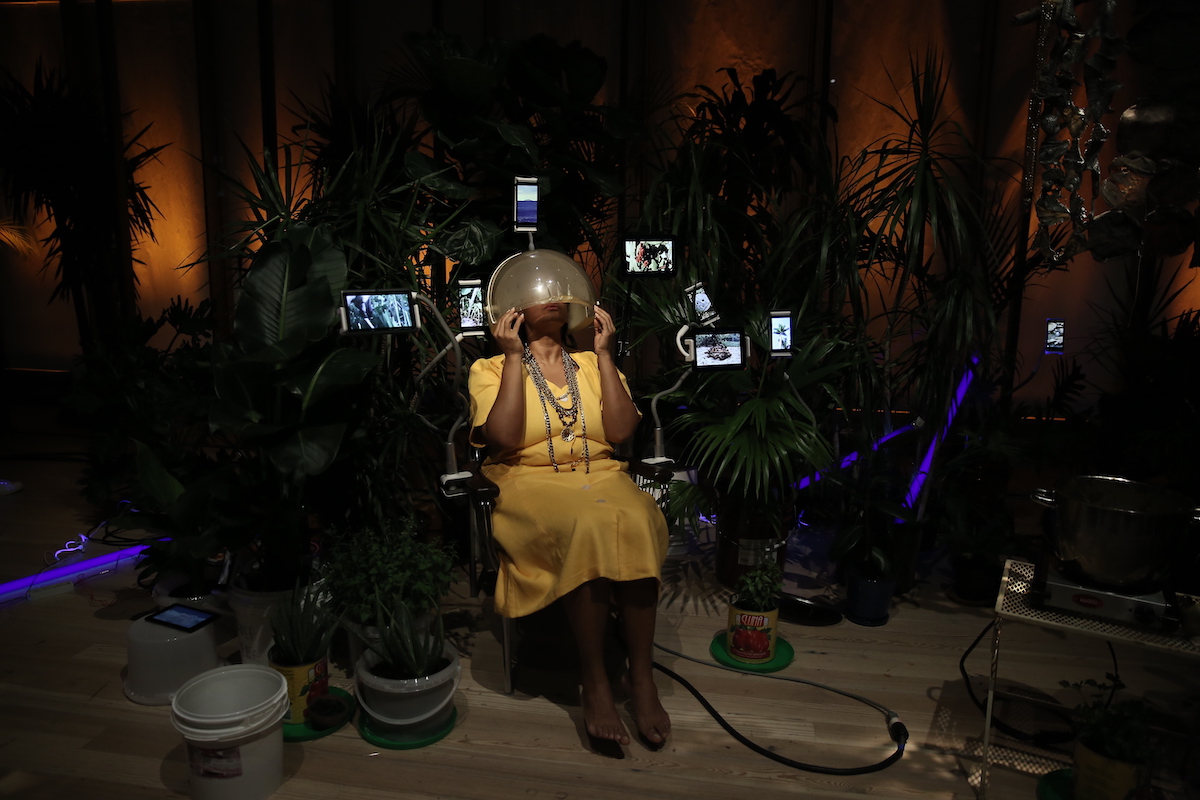
Las Nietas de Nonó, Ilustraciones de la mecánica, 2016–19, performance, Whitney Museum of American Art, New York, June 28–30, 2019. Photograph © 2019 Paula Court, courtesy of Whitney Museum of American Art, New York
No Humans Involved
Group Exhibition curated by Erin Christovale
(Eddie Aparicio, Tau Lewis, Las Nietas de Nonó, Sondra Perry, Sangree, Wangshui, Wilmer Wilson IV)
Hammer Museum
To the extent art affords access to its exceptionally dark foundational legacies (“N.H.I.” functioning as a post-colonialist legacy of subjugation and oppression), the work of contemporary art must ineluctably dissect them and their underlying values and myths, which entails nothing less than a new vocabulary, a language recalibrated and reconfigured to describe new ways of seeing and navigating the freshly exposed terrain. The artists curated into this exhibition brilliantly dismantle such legacies (and their ‘alibis’) with a view to horizons beyond these exorcisms and excavations.
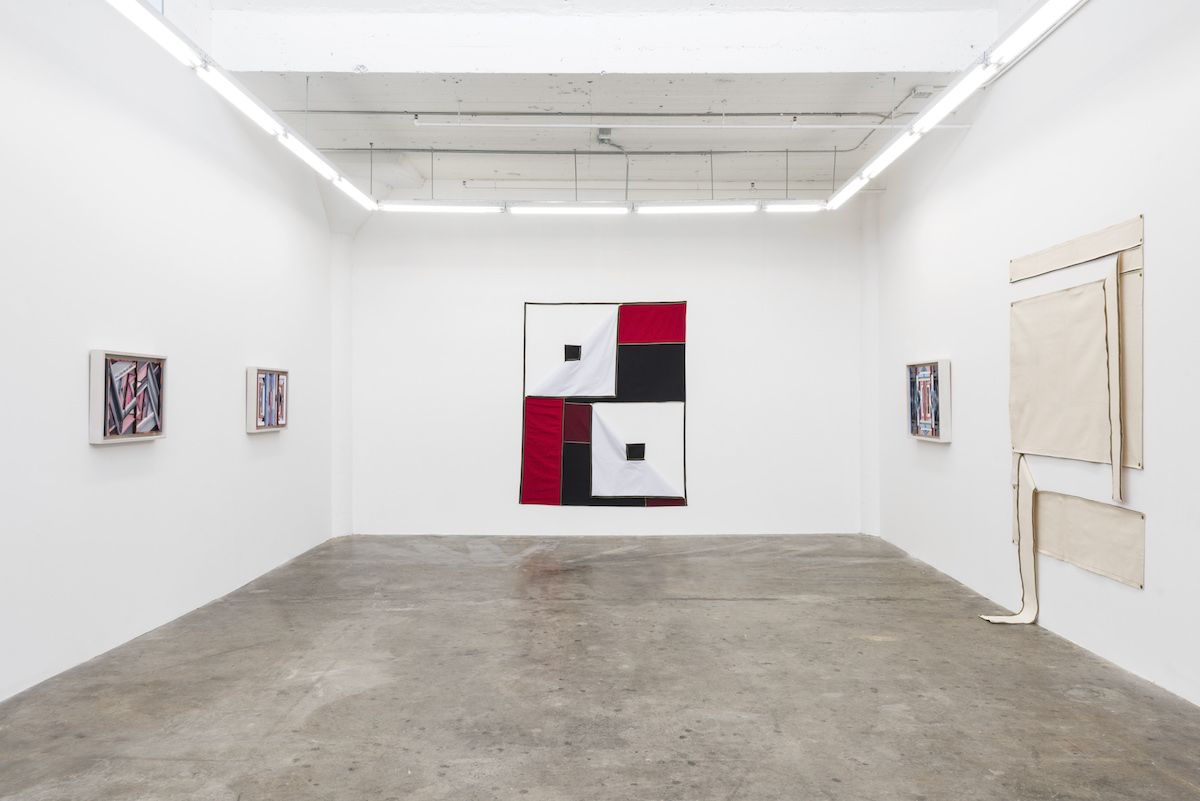
Installation view of Karen Carson’s Middle Ground at Gavlak Gallery – Los Angeles, 2021.
Karen Carson: Middle Ground
GAVLAK
Within the context of the ways and whys of seeing, Carson’s formal exploration of the juxtapositions of real and illusionistic space, and the ways both physical and virtual dimensions play with our perceptions and preconceptions and undercut any assumptions we may try to make about them, was both cheering and a bracing reminder that the hypothetical ‘middle ground’ between the ‘single thing’ and what might be open and ever expanding, might be the grandest illusion of them all.
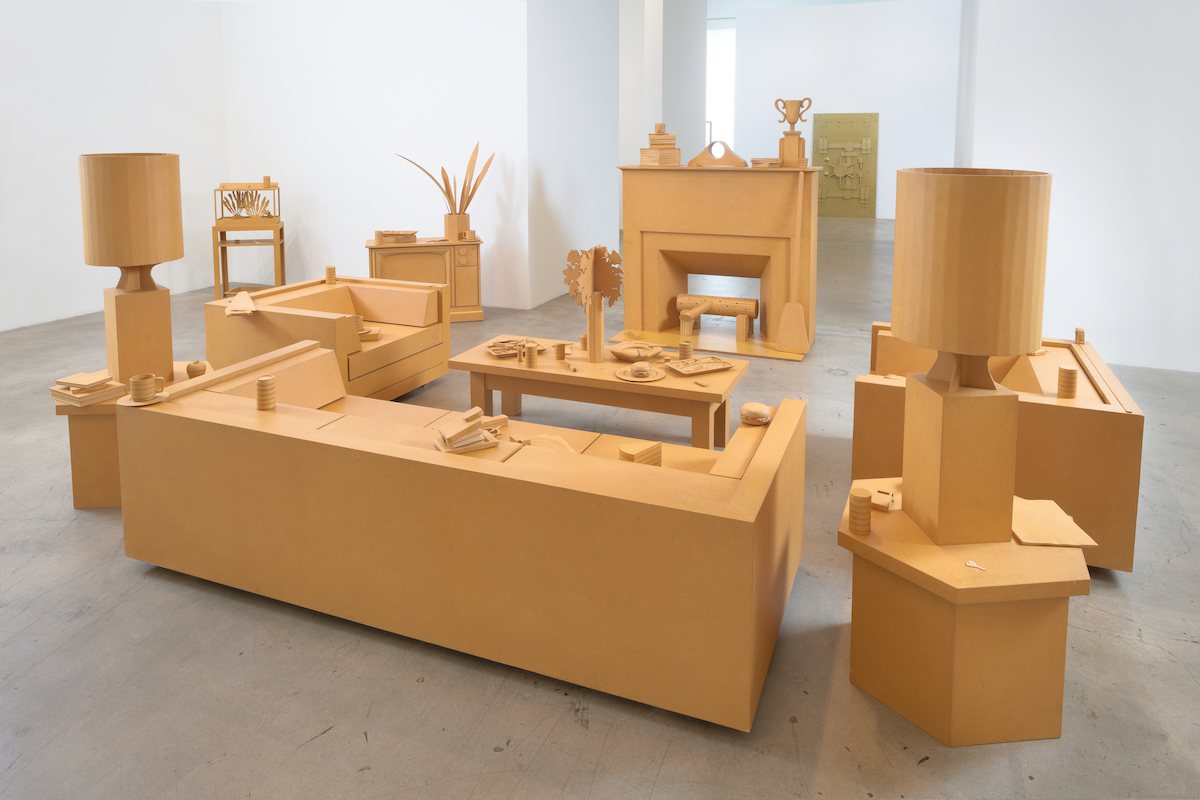
Roland Reiss, The Castle Of Perseverance, 1978 ©Estate of Roland Reiss
Roland Reiss: The Castle of Perseverance
curated by Jorin Bossen
Diane Rosenstein Gallery
I arrived late to the party that was the work of Roland Reiss and I regret that I never told him directly just how much joy his phosphorescent (he called them “unapologetic”) flower paintings brought me. I wrote on a 2018 Instagram post that those paintings “let us celebrate the beauty even as we cursed the darkness.” But that’s life, baby; and Reiss’ work celebrated the whole of it—from its ‘castles’ to the private hells our myths and morality tales construct for us. Reiss captured us in the maze—with all our tools, devices, pleasures, ideals, hopes, ambitions, anger, vices and detritus; and from the show’s title work to its “fairy tales” and “morality plays,” I never wanted to leave.
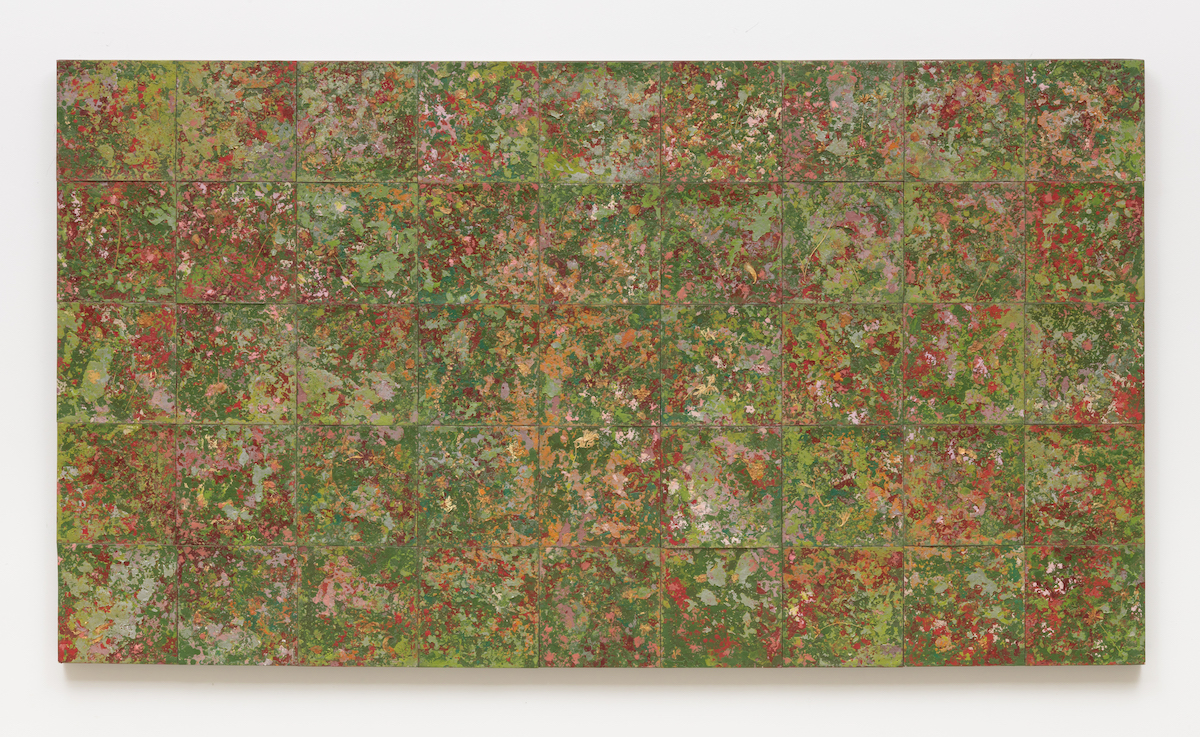
Michelle Stuart, Xochitl II, 1988, encaustic, plants, pigment, 55 x 99 inches. Photo: Robert Wedemeyer. Courtesy of the Artist and Marc Selwyn Fine Art.
Michelle Stuart: An Archaeology of Place
Marc Selwyn Fine Art
Simply walking into this show of Stuart’s most recent work was to be instantly struck by a sense of connection, not simply with a “place,” but with Earth itself—with its crust and living surface, its plant life, and the cosmos surrounding us. Stuart’s approach is both material and tactile and analytic; archaeological in terms of the human relationship to the earth and its duration—and awareness of its fragility and ephemerality. This was work that whispered with the impact of a scream.
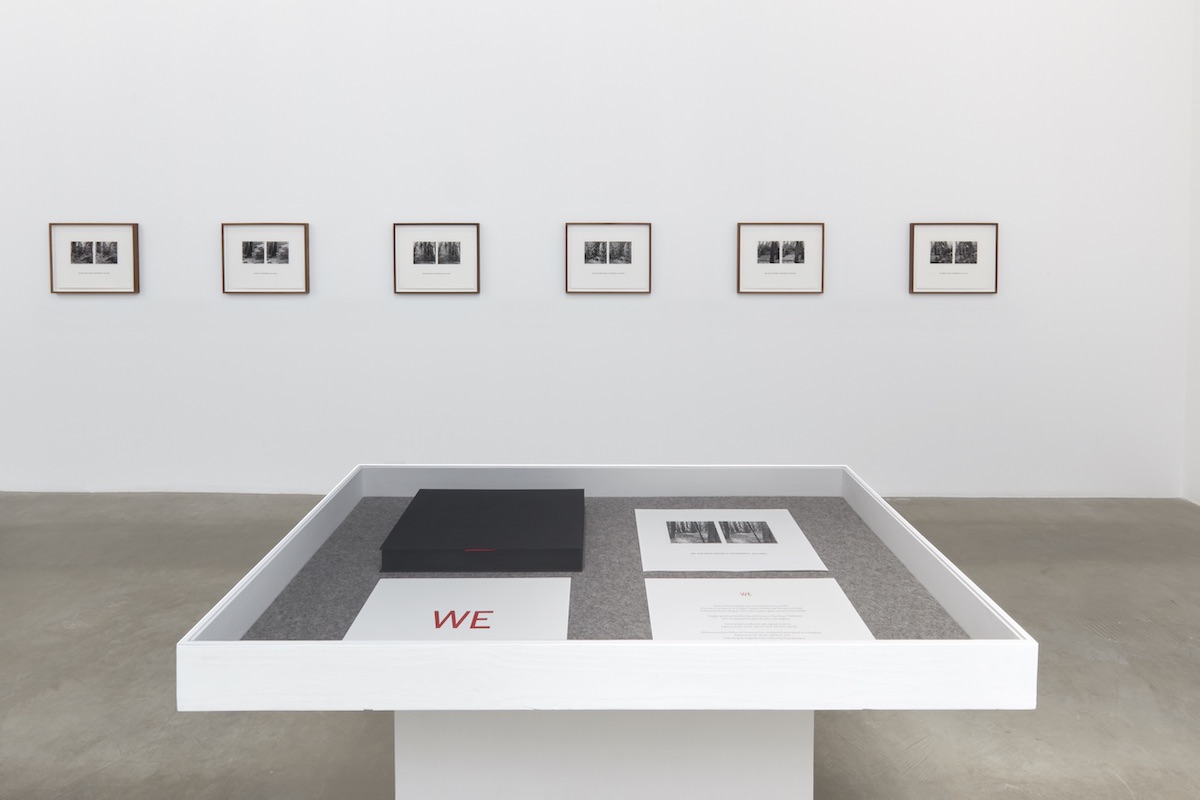
Susan Silton: WE, Installation view. Courtesy of Luis De Jesus Los Angeles. Photography by Paul Salveson.
Susan Silton: WE
Luis De Jesus Los Angeles
The confrontational aspect of contemporary art does not usually ‘shout to be heard’; nor do its masterworks announce themselves with fanfare or fireworks (or even neon—although the last one I saw did). Silton’s elegant suite of 16 photographic prints taken at the Armstrong Redwoods Preserve (with pendant text contributed by writer Dana Johnson) were a deep structural dive into the perceptual divide that conditions what we see, and the ways we understand and talk about it—and where that might take us. “Into the woods without delay / But careful not to lose the way.”
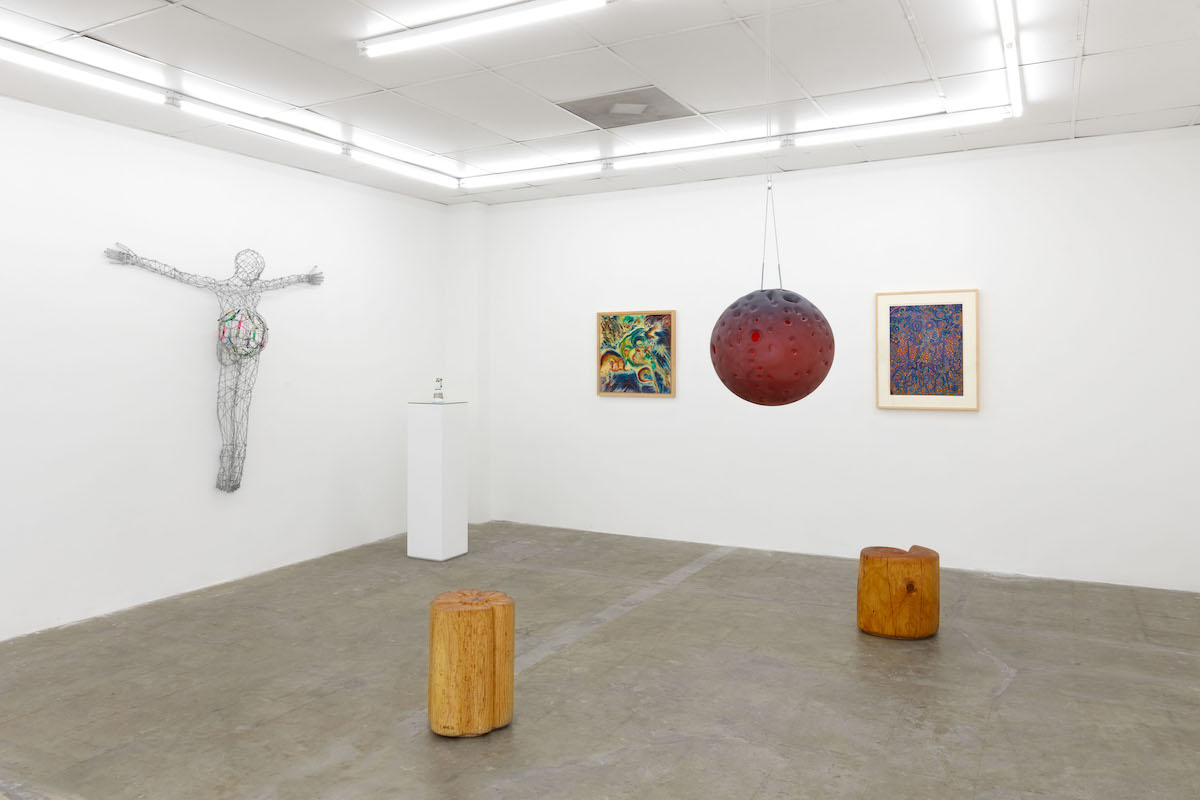
Installation view of Emblazoned World at Bel Ami, 2021. Photo credit: Paul Salveson
Emblazoned World
Group show curated by Lucy Bull
(Eugene Von Bruenchenhein, Guillaume Dénervaud, Elizabeth Englander, Nik Gelormino, Joseph Grigely, Luchita Hurtado, E’wao Kagoshima, Kentaro Kawabata, Kinke Kooi, Nancy Lupo, Lee Mullican)
Bel Ami
This was the show that provoked that question posed above: are there any rules to this? And here’s the answer: wherever you find something that freshly awakens a sense of the possible. It helps if there’s a personal connection. It can be a space between the utterly commonplace and the fantastical, what curator Lucy Bull referred to in her statement as “the precious detritus of daily life;” though also the “obsessive process” that allows the thought around it “to render,” to wander into “the subconscious.” So here’s the take-away: If you happen to find any rules in your subconscious, think about throwing them out.
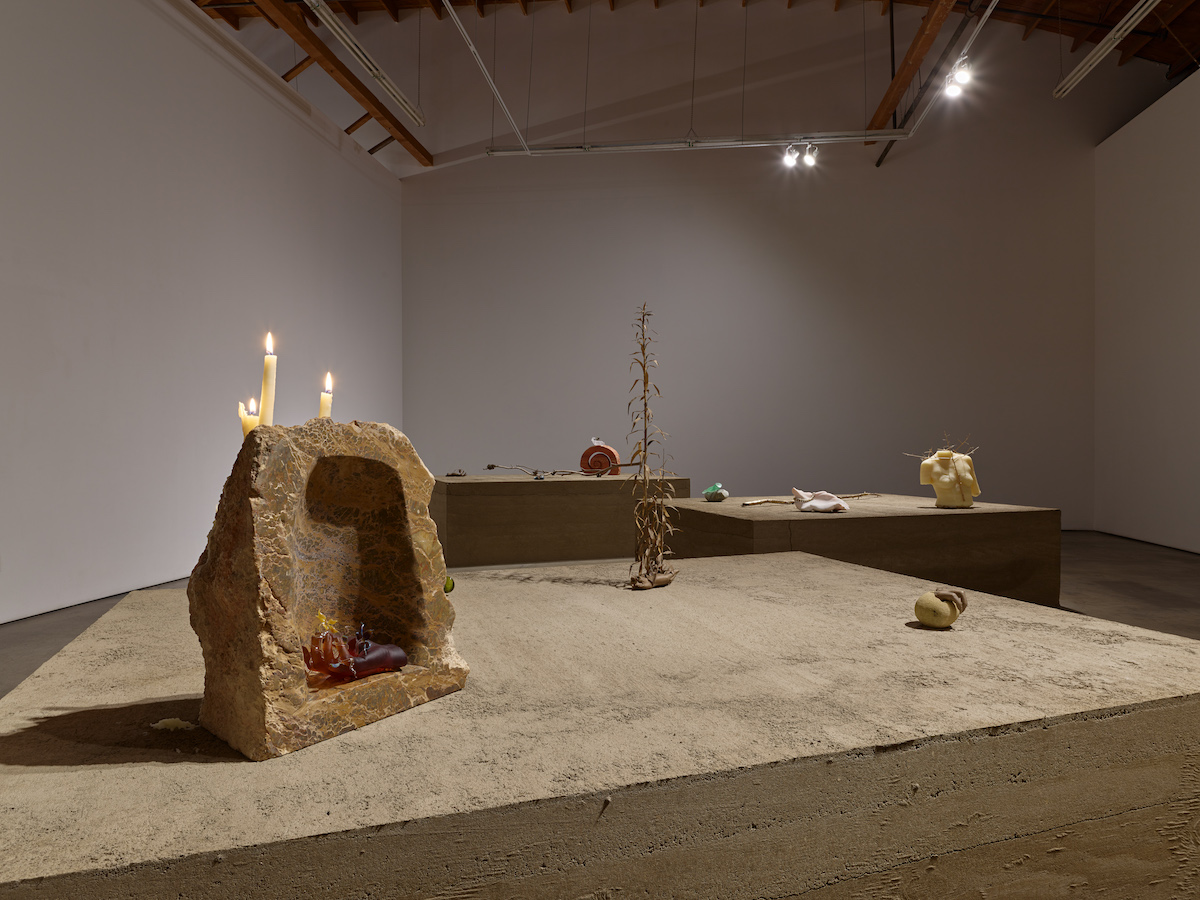
Installation view, Kelly Akashi, Faultline, 2021, François Ghebaly, Los Angeles. Courtesy of the Artist and François Ghebaly Gallery. Photo: Marten Elder
Kelly Akashi: Faultline
François Ghebaly
Do you remember that penultimate scene in Kubrick’s 2001: A Space Odyssey, where, after his solo space vessel has plunged a few zillion light years through a space portal, Captain David Bowman walks into a room that seems suspended between a kind of Renaissance earth moment and infinite space time? Akashi’s show had similar effect—with its constellation of objects, “crystallographs” (which have an X-ray/scan effect), tree branches, stone and cast crystal—holding family jewels and heirlooms—and a flower-strewn effigy of the artist herself. In short, the artist was present—passing through us in the very atmosphere we breathed.
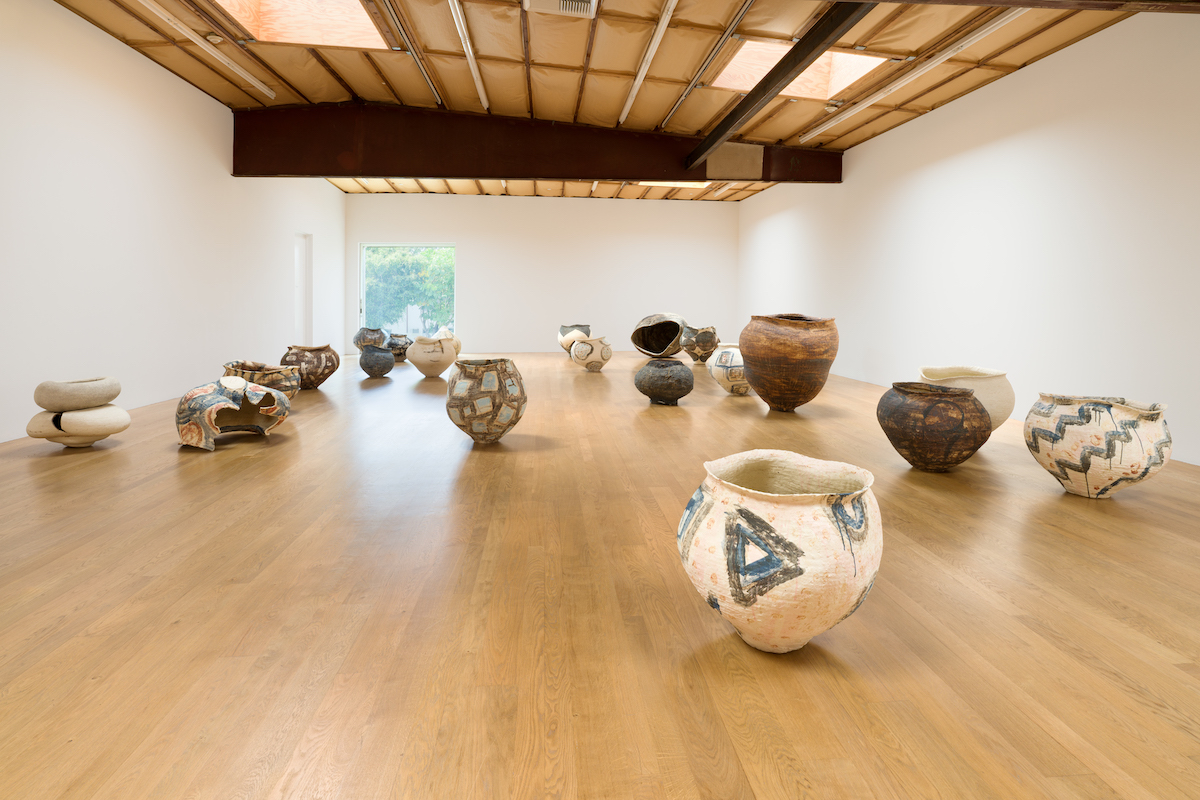
Kazunori Hamana in collaboration with Yukiko Kuroda, Installation view, 2021, Blum & Poe, Los Angeles © Kazunori Hamana and Yukiko Kuroda, Courtesy of the artists, Blum & Poe, Los Angeles/New York/Tokyo, Photo: Dan Finlayson
Kazunori Hamana
in collaboration with Yukiko Kuroda
Blum & Poe
The show of Hamana’s tsubo vessels—borne out of the earth, embellished (or simply patched, by Kuroda) with recovered metals and bits of ceramic or the remains of similar vessels, detritus or simply the stuff of everyday life—might easily have been called a collaboration with nature itself. It transformed the gallery space into a kind of meditative space—really a garden missing only foliage, yet somehow conjuring it—along with courtyards, fields, forests and the infinite horizon beyond.
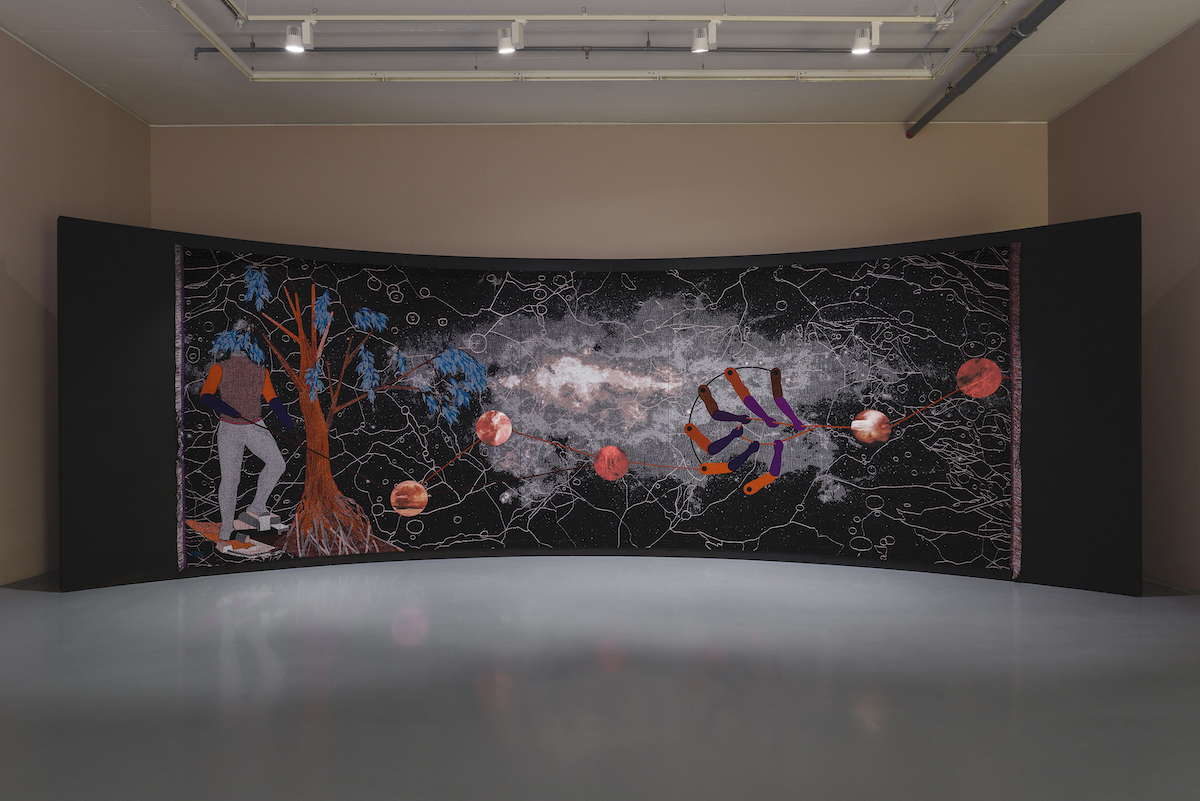
Otobong Nkanga, Double Plot, 2018. Woven viscose bas, polyester, bio cotton, cashwool, acrylic, with photography. (265 x 770 cm). Installation view, Zeitz MOCAA, Nov 2019-FEb 2020. Courtesy of the artist. Photo: Dillon Marsh
Witch Hunt
Group Exhibition curated by Connie Butler and Anne Ellegood
(Leonor Antunes, Yael Bartana, Pauyline Boudry / Renate Lorenz, Candice Breitz, Shu Lea Cheang, Minerva Cuevas, Vaginal Davis, Every Ocean Hughes, Bouchra Khalili, Laura Lima, Teresa Margolles, Otobong Nkanga, Okwui Okpokwasili, Lara Schnitger, Beverly Semmes)
Hammer Museum /
Institute of Contemporary Art, Los Angeles
As a political “action,” as curators Connie Butler and Anne Ellegood characterized their exhibition of 15 international artists, Witch Hunt is about four or five years late to the demo—but this is more than made up for by the exhibition’s cultural and political scope and an uninhibited, transdisciplinary range of philosophical perspectives, strategies and media to match its transfeminism. Standout work included that of Shu Lea Cheang, Laura Lima, Teresa Margolles, Lara Schnitger—as well as Vaginal Davis, who alongside Andrea Dworkin, might be called the exhibition’s patron saints.

